Things I got to learn travelling Gujarat on a cycle
Traveling in is an immersive journey that unveils the rich tapestry of culture, history, and natural beauty this Indian state has to offer. From the bustling streets of Ahmedabad to the tranquil white desert of Kutch where the moonlight illuminates the salt flats, every day is a new adventure. Gujarat’s diverse cuisine is a highlight, with mouthwatering dishes like dhokla and fafda to savor. As you venture further, you’ll encounter the architectural marvels of Somnath and a number of Jain temples, each with its own unique story. The diverse ethnicity of Gujarat makes the extended stay in Gujarat a truly memorable and heartwarming experience.
During my extensive all-India cycling expedition, I had the privilege of exploring Gujarat for a remarkable period of one and a half months. Over this time, I encountered a diverse array of people across three distinct regions within the state: Saurashtra, the colossal district of Kutch, and the remainder of Gujarat. In this article, I aim to encapsulate my observations and insights from my travels through this culturally rich state while striving to maintain objectivity. Nevertheless, it’s important to acknowledge that my mode of travel and interactions with the locals inherently introduce a level of subjectivity to my perspective, so please consider this account with a degree of critical reflection.
Emphasis on language
Upon entering Gujarat, I encountered an interesting linguistic landscape. Signboards, directions, shop names, and even addresses were exclusively in Gujarati, which presented a challenge for non-Gujarati speakers like myself. Even distinguishing between buildings like hospitals, residential plots, or workplaces became a guessing game. The restroom signs were also in Gujarati, making it perplexing to determine the appropriate one to enter. While Hindi was commonly spoken, there was a noticeable absence of information provided to tourists in either Hindi or English.
In some remote areas I explored, individuals from older generations struggled with Hindi, which surprised me considering the strong patriotism I encountered among the Gujaratis I spoke to, many of whom supported Hindi as the national language.
Throughout my journey, I observed that when two Gujaratis conversed, they often slipped into Gujarati without considering that those around them might not understand the language. While it might not have been intentional exclusion, it left me feeling disconnected and excluded from most conversations.
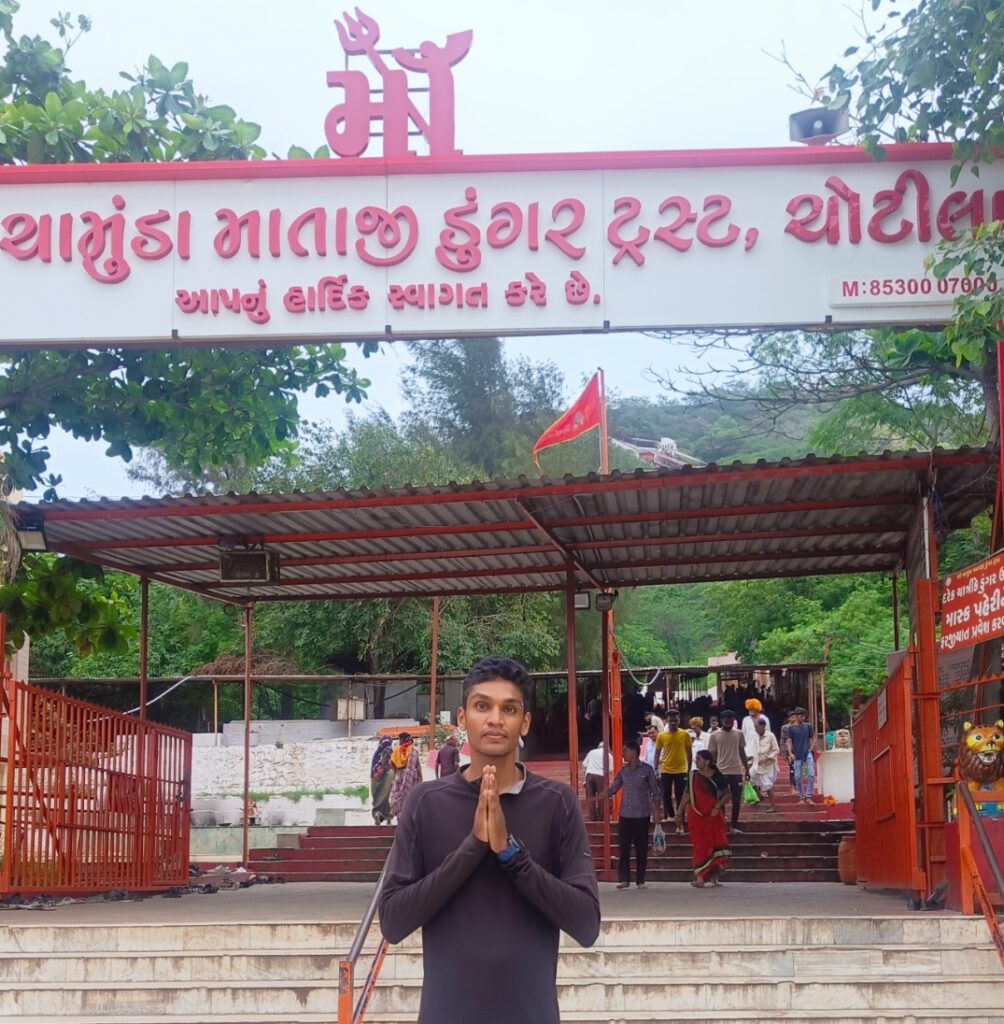
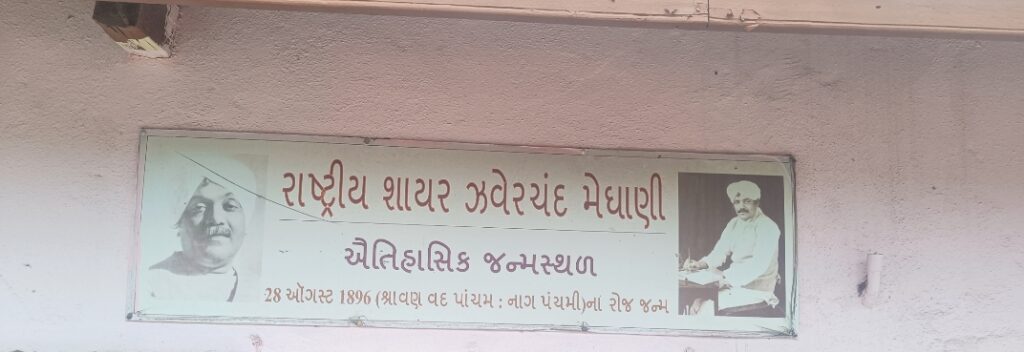
Fascination for ethnicity
From the moment I arrived in Gujarat, I encountered a recurring question from a few people: whether I had faced any issues on my journey so far. Puzzled by this query’s frequency, I decided to inquire about the reason behind it. What I learned was that there exists a social hierarchy where people of lower castes may face discrimination. However, I personally didn’t witness such discrimination during my travels, possibly because of my own higher caste background.
One notable observation was that many people, early in our conversations, would inquire about my caste. When I mentioned that I belonged to the Brahmin caste, I noticed a heightened level of respect from them. It became evident that people in Gujarat hold a curiosity about one’s ethnicity, although I remained uncertain if this curiosity translated into widespread caste-based discrimination.
Development at the cost of education
Gujarat stood out as the most developed state among the many I’ve explored. Even the smallest villages boasted substantial hospitals and malls, a sight I hadn’t encountered elsewhere. People appeared well-acquainted with development on the surface, but it came with a double-edged sword. The state was marred by widespread environmental degradation.
For instance, the Narmada River, which maintained its pristine state for over 3000 kilometers through my journey in Madhya Pradesh, rapidly deteriorated within a mere 200 kilometers into Gujarat. This stark transformation could be attributed to the multitude of industries that had sprung up in Gujarat. Between the Ahmedabad and Rajkot districts, I witnessed more industries than I had seen throughout my entire journey. Alongside these industries, stagnant, polluted water was carelessly released, causing extensive contamination of the surrounding areas.
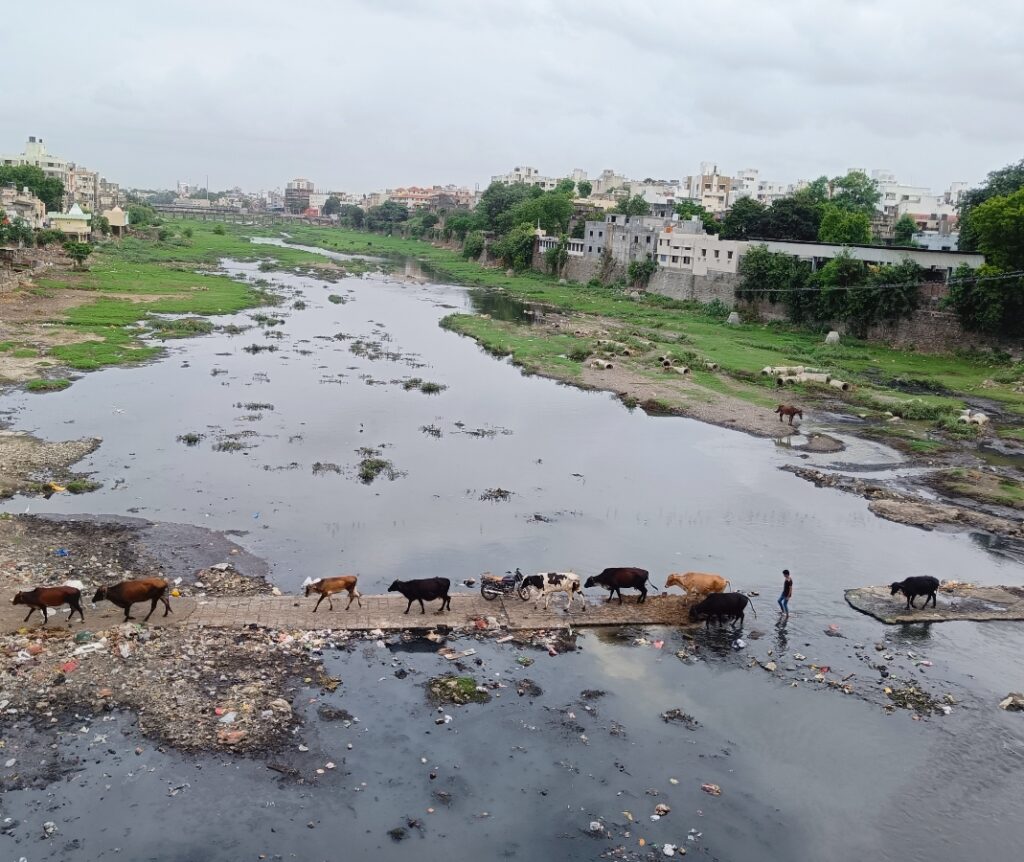
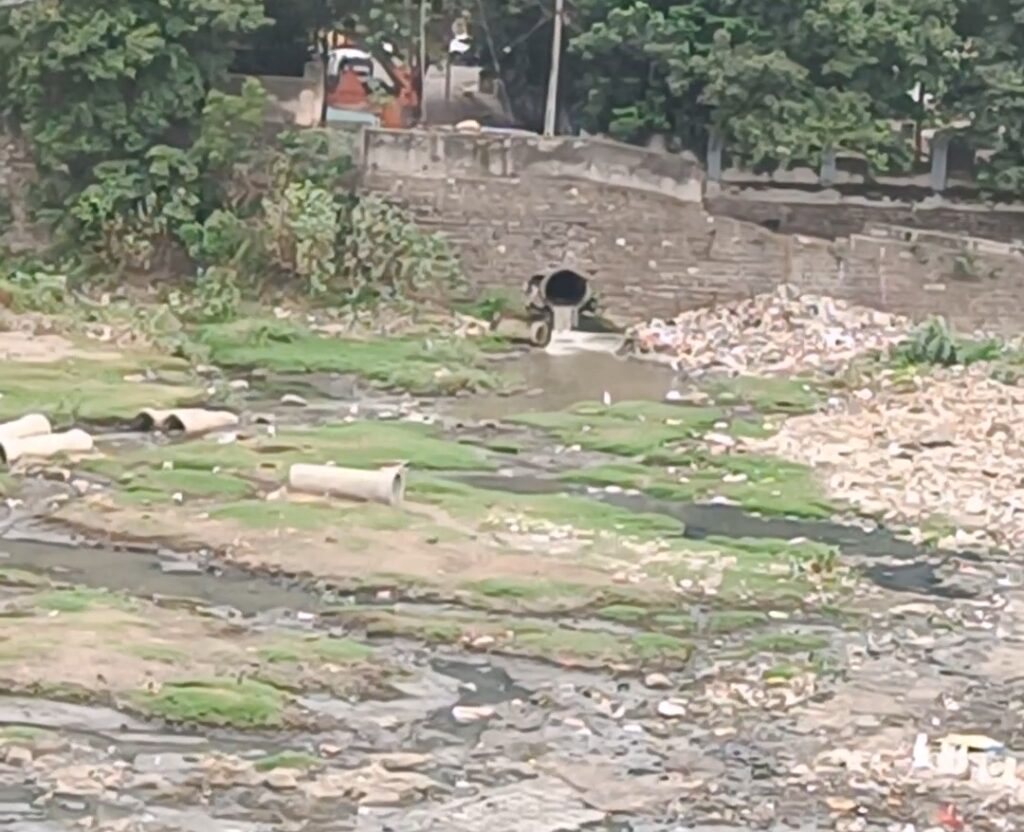
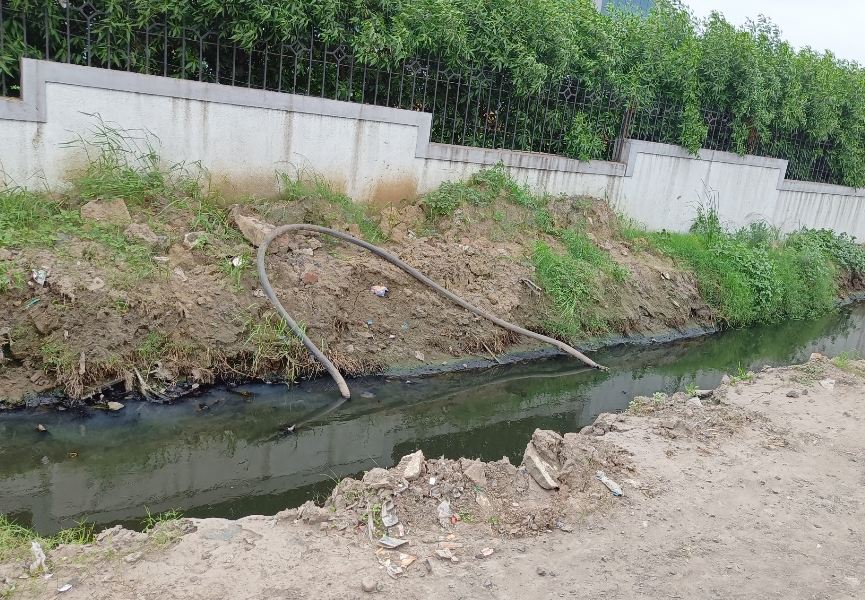
Unlike Madhya Pradesh, which, despite being less developed, had dustbins outside shops and stores everywhere, Gujarat appeared to lack them entirely. People casually discarded garbage on the streets, often justifying it by saying it would be carried away by the strong winds, which is indeed common in India’s windiest state. Disturbingly, I heard individuals asserting that all of India was a dumping ground, allowing them to dispose of waste wherever they pleased. It was disheartening to witness one of the most developed states in the nation succumbing to this garbage problem.
While I can’t definitively attribute this attitude to excessive development or the state’s coastal location, I believe a significant factor may be the lack of emphasis on education in Gujarat. It was surprising to see how business took precedence over education. Many young people either dropped out of school or pursued business ventures even after receiving an education.
Throughout my stay in Gujarat, I noticed a distinct lack of curiosity among the people. In every other place I’ve visited on my journey, people bombarded me with questions, eager to learn about my experiences. However, in Gujarat, 99% of the people seemed more inclined to boast about themselves and refrained from asking questions. This lack of enthusiasm aligned poorly with the purpose of my journey. In every other place, I sought out outliers with fascinating life stories, but in Gujarat, people just shrugged their shoulders, displaying little interest or intrigue in conversation. It became evident that the predominant focus was on making money and living comfortably. The prevailing sentiment seemed to be advising me to return and seek a job for financial stability, with little respect for the journey I was undertaking.
Lifestyle
Gujarat, being a prosperous state, offers its residents a comfortable standard of living, and the abundant availability of water plays a pivotal role in this prosperity (refer to the provided article for insights into the state’s development driven by water resources). Consequently, many people in Gujarat lead a leisurely lifestyle, considering it a significant achievement in itself.
Interestingly, I encountered Rajasthani individuals during my journey, who are known for their industriousness and hard work. Some of them shared the perception that Gujaratis are among the laziest people in the nation. This perception seems to stem from the ample resources and financial stability that many Gujaratis enjoy, which has, in turn, contributed to their relaxed way of life.
Welcoming attitude and community development
Gujarat boasts the highest population of people hailing from Uttar Pradesh, Bihar, and other Indian states compared to any other state I’ve visited. These individuals hold immense respect for those who earn their livelihood through hard work, and Gujarat warmly welcomes anyone seeking a high quality of life. Throughout my journey, I consistently heard that Gujaratis are renowned for their kindness (Dayalu) and their inclination to give and embrace others.
While I didn’t personally receive as much individual assistance as I did in neighboring states, I eventually grasped the essence of Gujarati generosity. Instead of assisting strangers directly on the streets, Gujaratis contribute to collective funds that aid in community and state development. You’ll encounter benches for resting and birdhouses scattered across Gujarat, all donated by the community. Numerous community halls and temple food offerings are made possible by the funds received from these contributions. In the eyes of Gujaratis, contributing to the community is a hallmark of kindness.
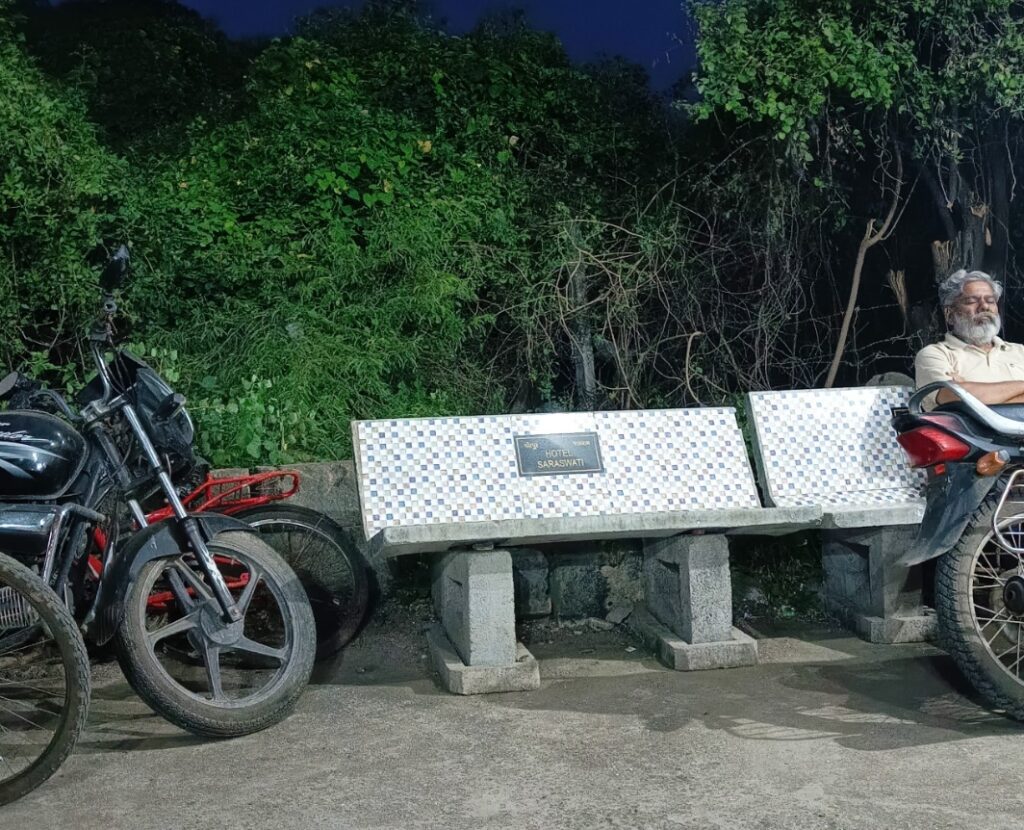
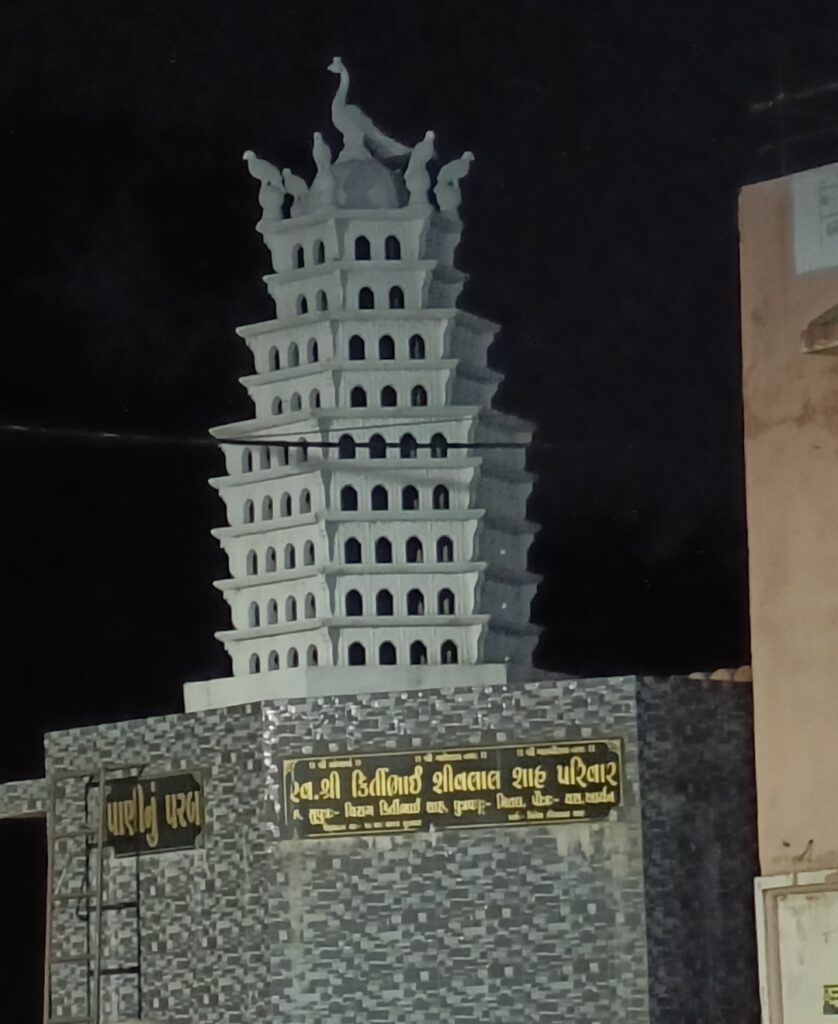
Food
Gujaratis are undeniably passionate about their food. From the moment I arrived in Gujarat, people were eager to inquire about my culinary experiences there. They take pride in their diverse cuisine, often claiming it to be the best in the country. Personally, I noticed that many of their dishes are infused with sugar and sweetness, a taste that didn’t quite align with my palate. However, the prevalence of vegetarianism in the state makes it exceptionally accommodating for a wide range of vegetarian food options. In fact, the world’s first vegetarian McDonald’s and Pizza Hut can be found in Ahmedabad, underscoring their commitment to vegetarian-friendly offerings.
Groundnut oil is a commonly used cooking oil in Gujarat, which might not sit well with everyone due to its potential inflammatory effects. To counter the hot climate, buttermilk is served twice daily with all meals. Additionally, I observed a higher number of obese individuals in Gujarat compared to any other place I’ve visited, possibly influenced by dietary choices.
Crime rate and safety
Gujarat boasts an astonishingly low crime rate, to the extent that one could leave their belongings in the middle of the road and return days later to find them undisturbed. Even the traffic police officers acknowledge this fact, as their workload is minimal; accidents are often resolved amicably among the involved parties. The prevalent understanding and ability to resolve issues amongst themselves contribute to making Gujarat an exceptionally safe destination for travelers.
Furthermore, Gujarat maintains strict alcohol prohibition, although some locals manage to obtain and consume it covertly. Openly drinking alcohol in public is prohibited, further contributing to the decline in crime rates. The former Chief Minister of Gujarat, Vijay Rupani, introduced a rule allowing shops to remain open until 2 AM, a change made possible by the decreasing crime rates and the removal of drunkards from the state. Interestingly, the public itself views drinking as a transgression and actively discourages it, sometimes even resorting to physical intervention against those who indulge, thus enhancing the safety of the state during the nighttime.
Women population
The female population in Gujarat is notably lower, with reports suggesting that previous generations strongly preferred having male offspring, leading to a significant decline in the female population. I’ve heard from various sources that women from other states, including rural areas of Karnataka, are sometimes paid for and brought to Gujarat after marriage. Many people spoke about this, especially in rural areas.
This article represents my attempt to summarize my travel experiences in Gujarat. Please feel free to point out any glaring flaws so that I can make corrections as needed. Keep in mind that some of the information provided may be subject to the biases and subjectivity of my journey. For summaries of my experiences in other states, you can visit this page.
I am a 31 year young PhD graduate who has decided to travel the length and breadth of India on my cycle, to document the journey of meeting a vast array of people. In my journey, I intend to understand the characteristic features of the people of this nation and categorize them based on their demographics, age, profession, gender, traditions, and cultural differences.